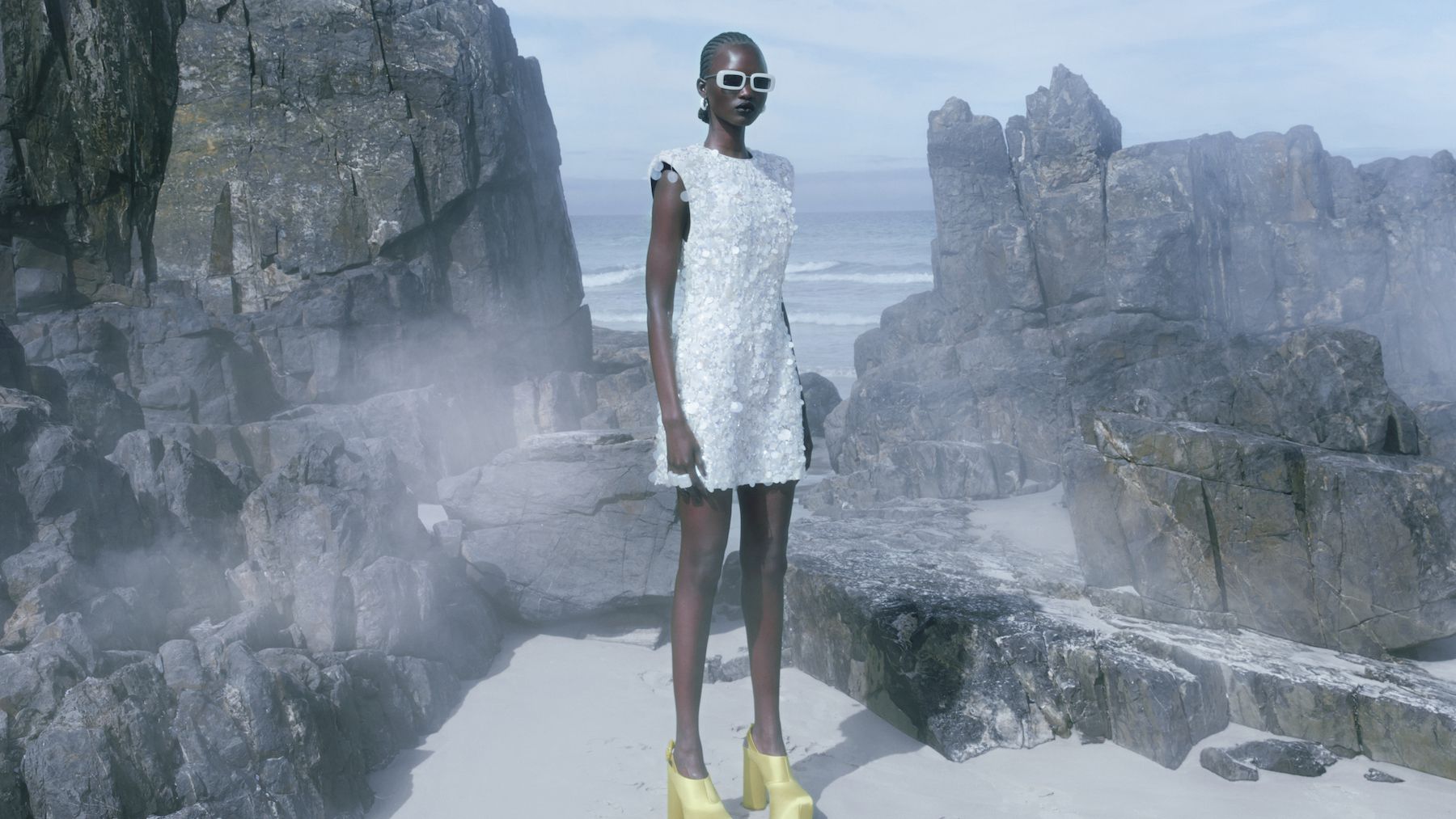
By the end of the decade, fast-fashion giant H&M Group has committed to double its sales while halving its environmental footprint. To achieve this Herculean feat, the company is relying on fashion’s latest sustainability chimaera: circularity.
In other words, it’s counting on investment in new technologies that will allow it to recycle old clothes into new ones and business models like rental, resale and repair to achieve climate goals while largely continuing with business as usual.
H&M has good company on its circular journey. Nike, Adidas, Gucci, Shein, Crocs and Timberland, among others, have also made circularity a key pillar of their sustainability commitments.
As the environmental impact of fashion continues to accelerate, and pressure mounts to address microplastics in oceans, waste on beaches and in landfills and carbon emissions in the atmosphere, the concept of circularity offers major fashion companies a form of salvation: a theoretical way to maintain their licence to operate while continuing to feed unbridled hyper consumption. By decoupling resource use from production, circularity promises a much needed “win-win.”
The concept has powerful backers. The Ellen MacArthur Foundation and McKinsey & Company have produced studies that promote circularity as a multi trillion-dollar opportunity. More recently, a 2022 report commissioned by industry advocacy group Global Fashion Agenda, concluded that “roughly 25 percent of [the fashion industry’s] emissions could be reduced through circular models.”
The problem is, the gains are almost all conceptual. Notwithstanding the hype, less than one percent of old clothes are recycled to make new ones. As I note in an article in Stanford Social Innovation Review entitled “A Circle that Isn’t Easily Squared,” this lacking result won’t change until core, structural obstacles are addressed.
These include:
- Misaligned goals and incentives: current system rules pressure executives to remain more committed to growth and earnings than to reducing carbon emissions or water intensity. Since there’s no standardised measure for circularity, companies can promote ephemeral gains.
- Technological and economic gaps: an infinite loop, where products are continuously upcycled into new garments is a fantasy. Each loop around the circle consumes energy and diminishes quality. Recycling for blended fabrics is not yet proven at scale and building sufficient new recycling infrastructure will cost trillions of dollars. Meanwhile, innovative bio-based materials that could be produced and disposed of with a lower environmental impact remain expensive compared to fossil-fuel based synthetic alternatives.
- Complex and fragmented supply chains: most of the industry runs on outsourced, transactional setups that are not “conducive to investing in R&D and innovation.” Much needed cross-competitor collaborations are rare and cross-industry collaborations are near nonexistent.
- Unproven models: business models to extend the life of garments, including rental, resale, and repair, have yet to prove they can scale and operate profitably.
These obstacles explain why recent research found that the circular economy is going in the wrong direction, with new material extraction rising.
In fact, the proportion of recycled materials in use in the global economy has shrunk from 9.1 percent in 2018, to 8.6 percent in 2020, and now 7.2 percent in 2023. Even more concerning, a just-published study that examined the results of 28 European countries’ circularity efforts over the 2010s found any resource savings were outpaced roughly four times over by annual increases in resource extraction linked to economic growth.
Said differently, as long as consumption continues unabated, circularity will not engender sufficient resource decoupling to offset the environmental impact of all the new stuff being created.
Notwithstanding these challenges, several fashion brands are demonstrating the potential to unlock parts of the circular model. Houdini, a Swedish outdoor brand, does not use blended fabrics, which are difficult to recycle, and has a “slow” product development model oriented towards durability. Another Tomorrow creates digital IDs for all their garments, loading them up with product information that’s useful to recyclers and making it possible to authenticate and trace garments in the resale market. And Unless Collective has developed a line of footwear and apparel that is entirely plant-based.
Big companies are experimenting, too. For instance, among other efforts, H&M Group has invested in new business models for rental, resale, and repair of its products. The company says it’s operationalised the largest brand-run garment-collecting program in the world and invested in new technologies, including recycling companies Infinited Fiber, Spinnova, and Ambercycle.
These initiatives deserve commendation. That said, circularity is a systems problem and will not be solved by any single brand. Absent consequential regulation and cross-sector and cross-competitor collaboration, it is inconceivable that H&M or the industry will deliver on their circular targets.
In the interim, the industry and civil society would be far better served by addressing the root cause of the challenge — overconsumption.
If this does not happen, the fashion industry’s resulting environmental impacts won’t be a fantasy, they’ll be a tragedy.
Kenneth P. Pucker is a professor of practice at the Tufts Fletcher School. Ken worked at Timberland for 15 years and served as chief operating officer from 2000 to 2007.
The views expressed in Op-Ed pieces are those of the author and do not necessarily reflect the views of The Business of Fashion.
How to submit an Op-Ed: The Business of Fashion accepts opinion articles on a wide range of topics. The suggested length is 700-1000 words, but submissions of any length within reason will be considered. All submissions must be original and exclusive to BoF. Submissions may be sent to opinion@businessoffashion.com. Please include ‘Op-Ed’ in the subject line and be sure to substantiate all assertions. Given the volume of submissions we receive, we regret that we are unable to respond in the event that an article is not selected for publication.



